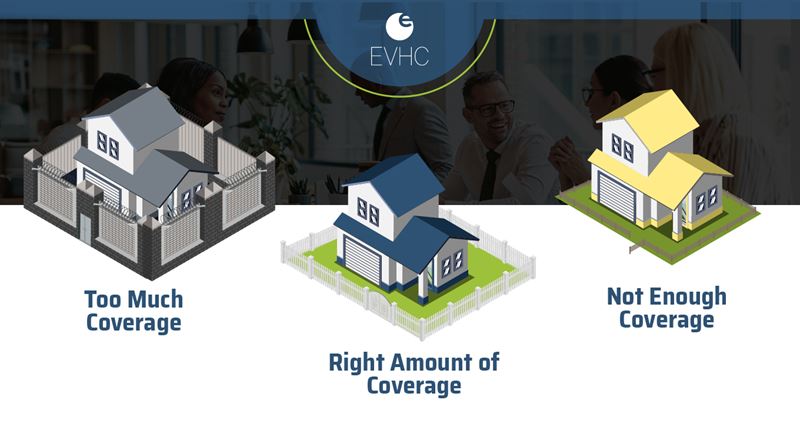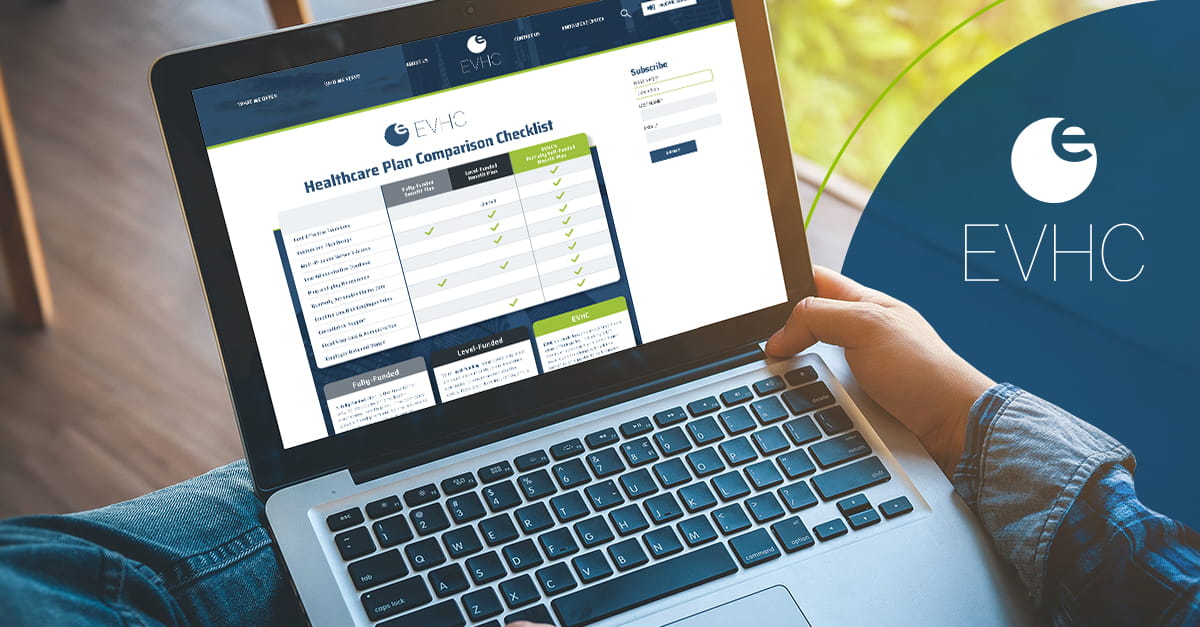
In March 2022 the U.S. inflation rate was 8.5%, the highest it’s been since 1981. Meanwhile, health insurance premiums increased yet again in 2022, and prescription drug prices rose 5% on average this year.
All these factors are creating enormous financial pressure on you as a CEO. You’re already concerned about employee turnover thanks to the Great Resignation, adapting to changing circumstances due in large part to COVID-19, reducing costs without sacrificing quality, and satisfying the demands of your board. You’re thinking about digitizing your operations and getting people back into the office.
In other words, you have a lot on your plate. You certainly don’t need creeping health insurance costs keeping you awake at night, threatening to destroy what you’ve worked so hard to build. And yet, here we are, with 72% of CEOs worried about losing their jobs this year.
But, as Calvin Coolidge once said, “No one ever lost their job from listening too much.” So, hear me out: you can significantly reduce your concerns over health insurance by adhering to what we call the four C’s:
I wrote a lot about each of the four C’s in a recent blog. Here, I want to focus on the two that will help take away some of the anxiety you have regarding healthcare costs: Consistency and Containing.
Part of the problem companies have in trying to control their health insurance costs is that most don’t know how much they’re paying to begin with—at least not really. Sure, organizations know what the bottom-line dollars are. They know how much they pay every year and every month. But most don’t know what their actual costs are; they just know what their healthcare provider is charging them.
There’s usually a big difference.
As we’ve discussed before, insurers like to hide companies’ actual costs behind a 25% margin that gets charged regardless of the cost of an organization’s actual claims. The opacity makes it impossible for you to know how much money you’re really spending on health insurance, let alone if that money is being spent wisely. In fact, you’re probably buying too much insurance and paying well above what you should be paying for healthcare coverage.
In the insurance industry this is known as “risk inconsistency,” where the amount of coverage purchased is inconsistent with how much is really needed. Instead, strive for risk consistency. Ask, “How much coverage do we really need? How much are we comfortable risking?”

Once those questions are answered, reallocate funds you would otherwise be paying unnecessarily towards insurance premiums to other parts of your business. Invest in employees, new technologies, or marketing programs. Stop wasting money on health insurance and start using it to grow your business.
A company with inconsistent risk is probably overspending and leaving money on the table. Balancing risk eliminates that overspending from an overall corporate perspective.
But what about employees? Are they getting the best deals on their insurance premiums? Or are they also overpaying for services they don’t need or want?
According to a recent survey, many businesses are considering augmenting their existing healthcare offerings with more tailored services, such as critical illness insurance and hospital indemnity. But not everyone will want or need these services. They might need other types of services. That’s why most respondents to the survey are interested in providing employees with “voluntary benefit” programs customized to their unique needs. Think of it like the difference between subscribing to 120 channels of cable TV for $120 a month vs. a handful of streaming services that show what people want to watch for a fraction of the cost.
Offering customizable options is great for employees and your company. Employees will get the services they want while saving money on their monthly insurance payments. This can become a competitive advantage for your organization as you try to attract and retain employees. Meanwhile, you get away from paying whatever the major insurance carriers decide to charge, which helps contain costs and keeps unnecessary spending in check.
Risk consistency and customizable programs are what EVHC (EVHC) has always been about. We don’t play the games big name insurance companies play. We’re more about making sure companies only pay for actual insurance claims and providing them with the ability to create customized insurance plans that work best for their organizations. We want to turn health insurance into a business enabler as opposed to a company destroyer.
In other words, we want to not only help CEOs and CFOs keep their jobs but also use their capital wisely so they can build their companies.
BACK TO INSIGHTS

